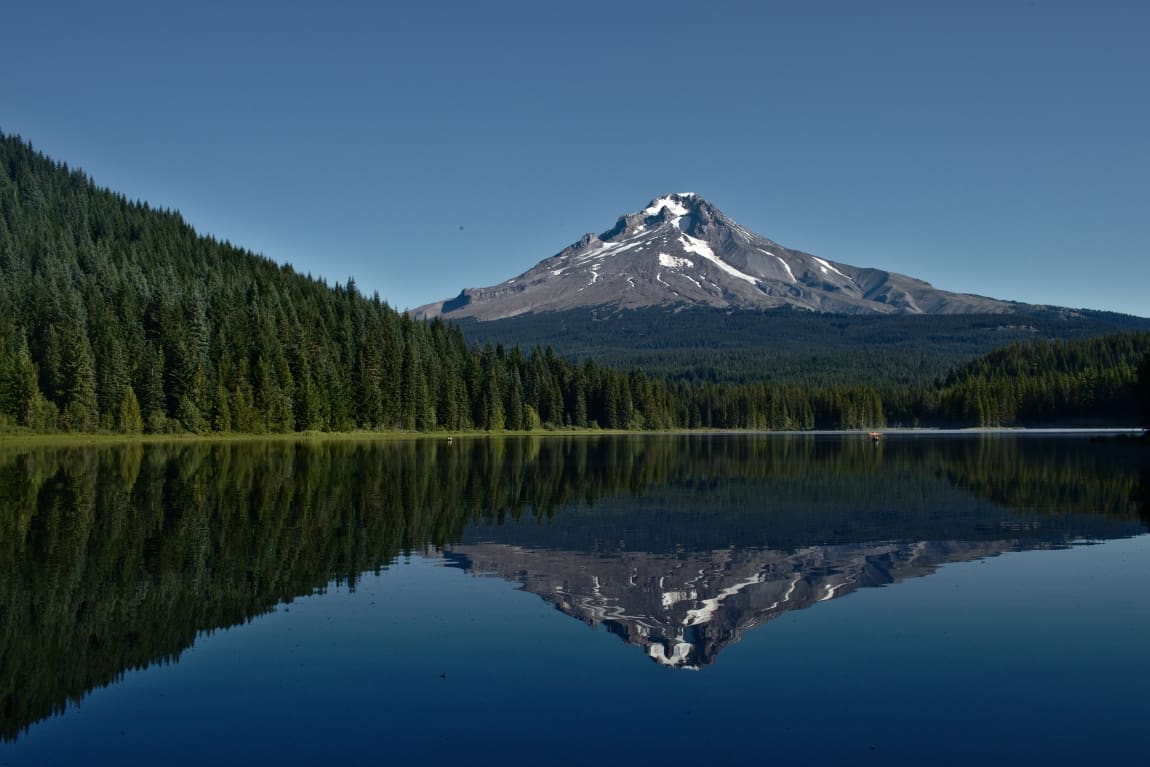If we act now, we can prevent human-caused extinctions wiping out our planet’s wildlife, according to an international coalition of ecologists and conservationists.
Writing in the journal Frontiers in Science, they identify key biodiversity havens which are home to rare wildlife, and lay out an affordable, achievable plan for protecting threatened species.
Incorporating these ‘Conservation Imperatives’ into 30 by 30, the ambitious plan to protect 30% of the Earth’s surface by 2030, could preserve the world’s last wildernesses and keep critical biodiversity thriving.
In a groundbreaking new article the authors, representing 20 organisations – including the University of East Anglia (UEA) in the UK – show how we can protect Earth’s remaining biodiversity by conserving just a tiny percentage of the planet’s surface. This affordable, achievable plan would make it possible for us to preserve the most threatened species from extinction, safeguarding Earth’s wildlife for the future.
“Most species on Earth are rare, meaning that species either have very narrow ranges or they occur at very low densities or both,” said Dr Eric Dinerstein of the NGO Resolve, lead author of the article. “And rarity is very concentrated. In our study, zooming in on this rarity, we found that we need only about 1.2% of the Earth’s surface to head off the sixth great extinction of life on Earth.”
Co-author Carlos Peres, Professor of Conservation Ecology at UEA, said: “There is a dwindling window of opportunity to protect what is left of the wild across Earth’s ecoregions.
“Our analysis shows that setting aside a critical threshold of only 1.2% of all terrestrial areas – identified as nearly 17,000 sites – to ensure the persistence of endemic, threatened and rare species is a financially viable proposition, but I’m afraid this viability will rapidly decline over time.”
To meet ambitious conservation goals, an additional 1.2 million square kilometers of land were protected between 2018 and 2023. However, Dr Dinerstein and his colleagues estimated that the 2018-2023 expansion only covered 0.11 million square kilometers with range-limited and threatened species. Planning protected areas is crucial, to ensure that efforts and resources are targeted as effectively as possible.

The scientists started by mapping the entire world, using six layers of global biodiversity data. By combining these layers of data with maps of existing protected areas and a fractional land cover analysis, using satellite images to identify the remaining habitat available to rare and threatened species, the scientists were able to identify the most critical, currently unprotected areas of biodiversity. They called these Conservation Imperatives: a global blueprint to help countries and regions plan conservation at a more local level.
These 16,825 sites, covering approximately 164 Mha, could prevent all predicted extinctions if they were adequately protected. Just protecting the sites found in the tropics could stave off most predicted extinctions. Some 38% of Conservation Imperatives are also very close to already-protected areas, which could make it easier to absorb them into protected areas or to find other ways of conserving them.
“These sites are home to over 4,700 threatened species in some of the world’s most biodiverse yet threatened ecosystems,” said Andy Lee of Resolve, a co-author. “These include not only mammals and birds that rely on large intact habitats, like the tamaraw in the Philippines and the Celebes crested macaque in Sulawesi Indonesia, but also range-restricted amphibians and rare plant species.”
To calculate the price of this protection, the scientists modeled a cost estimate using data from hundreds of land protection projects over 14 years, and accounting for the type and amount of land acquired as well as country-specific economic factors. These numbers are approximate because a variety of land purchase or long-term lease options, each with different costs, might work well for protecting Conservation Imperatives.
Stakeholders worldwide, including indigenous peoples, communities with jurisdiction over Conservation Imperative sites, and other members of civil society, will need to decide which options work best for them.
“Our analysis estimated that protecting the Conservation Imperatives in the tropics would cost approximately $34 billion per year over the next five years,” said Mr Lee. “This represents less than 0.2% of the United States’ GDP, less than 9% of the annual subsidies benefiting the global fossil fuel industry, and a fraction of the revenue generated from the mining and agroforestry industries each year.”
Preserving wildlife is also key to halting and reversing the climate crisis. Preserving biodiversity means protecting the Earth’s forest cover, which acts as a carbon sink: by conserving carbon-rich, wildlife-rich forested regions, we protect both threatened species and humans. While securing Conservation Imperatives is only part of the work — for example, just purchasing land won’t prevent poaching — it’s the first critical step we need to take.
“What will we bequeath to future generations? A healthy, vibrant Earth is critical for us to pass on,” said Dr Dinerstein. “So we’ve got to get going. We’ve got to head off the extinction crisis. Conservation Imperatives drive us to do that.”
The article is part of the Frontiers in Science multimedia article hub ‘Conservation Imperatives for biodiversity protection’. The hub features an editorial, viewpoint, and policy outlook from other eminent experts: Dr Mariana Napolitano Ferreira (WWF-Brasil, Brazil), Prof David Lindenmayer (The Australian National University, Australia), and Rita El Zaghloul (High Ambition Coalition for Nature and People, USA) and Dr Charles Barber (World Resources Institute, USA) – as well as an explainer with infographics.
More information: Dinerstein Eric , Joshi Anup R. , Hahn Nathan R. , Lee Andy T. L. , Vynne Carly , Burkart Karl , Asner Gregory P. , Beckham Charlotte , Ceballos Gerardo , Cuthbert Richard , Dirzo Rodolfo , Fankem Oliver , Hertel Sarah , Li Binbin V. , Mellin Haley , Pharand-Deschênes Félix , Olson David , Pandav Bivash , Peres Carlos A. , Putra Rudi , Rosenthal Amy , Verwer Caspar , Wikramanayake Eric , Zolli Andrew, ‘Conservation Imperatives: securing the last unprotected terrestrial sites harboring irreplaceable biodiversity’, Frontiers in Science (vol. 2; 2024); DOI: 10.3389/fsci.2024.1349350. University of East Anglia Press Release. Featured image credit: Grant Jacobson | Unsplash




